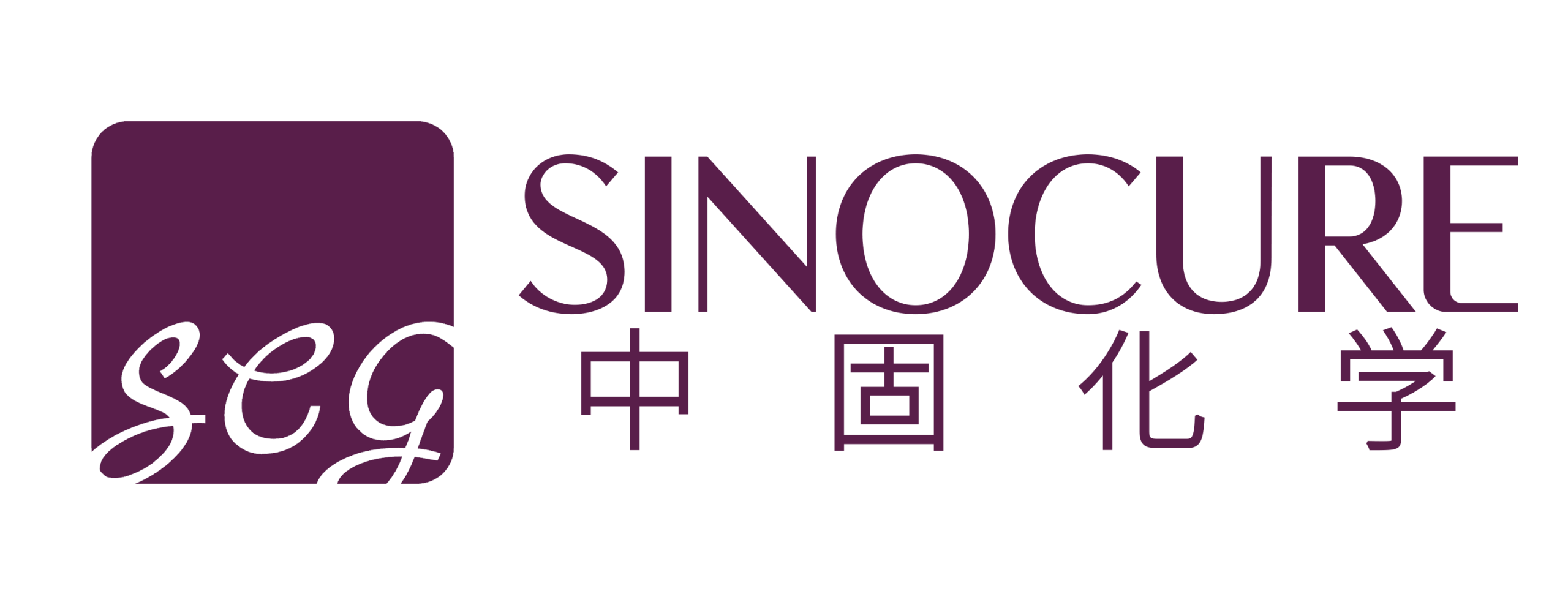Harnessing the Power of Pyrroloquinoline Quinone (PQQ) for Cardiovascular and Mitochondrial Health
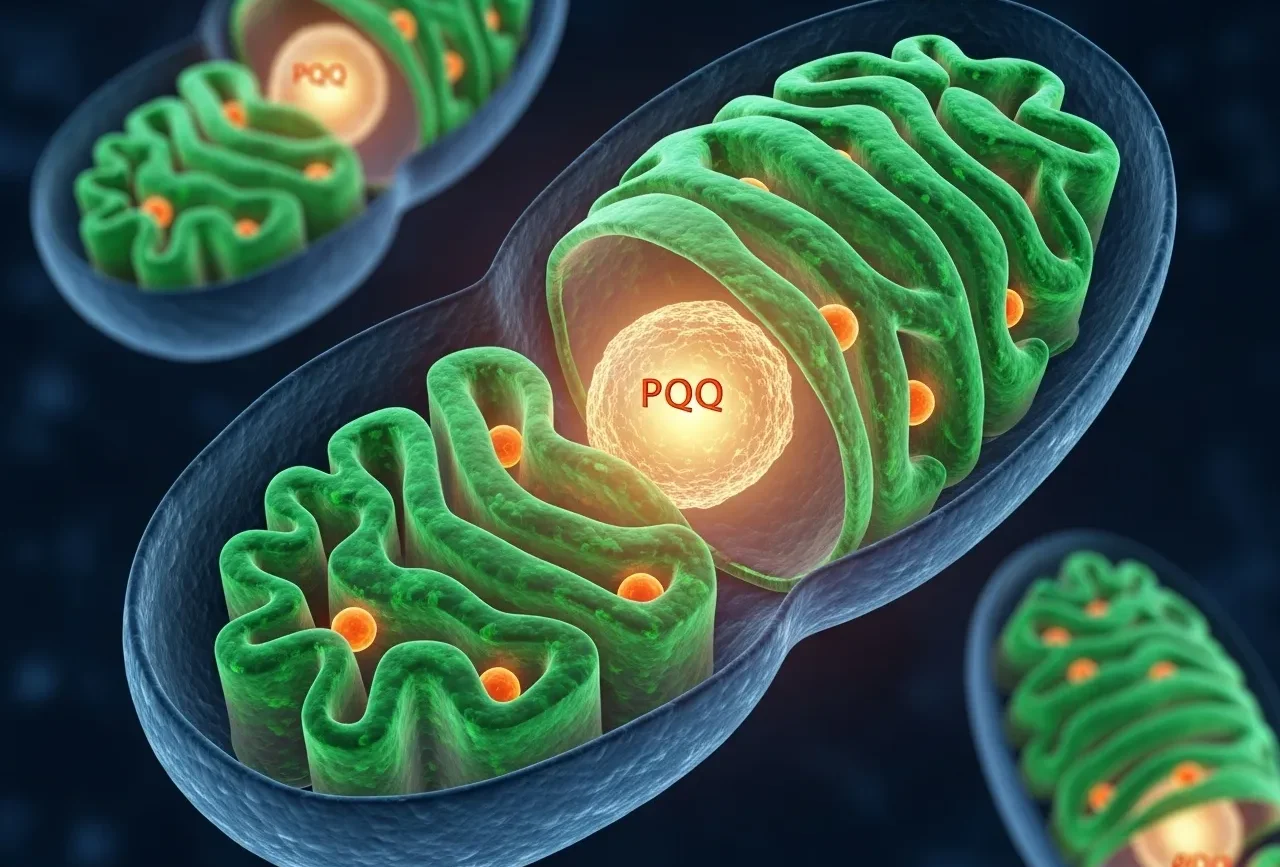
A Guide to Using PQQ for Mitochondrial Function & Cellular Health Introduction: The Challenge in Cellular Energy and Aging In the pursuit of optimal health and the mitigation of age-related decline, maintaining cellular efficiency is a paramount challenge. At the heart of this challenge lies the health of our mitochondria, the powerhouses of our cells. […]
Uses of Polyvinylpyrrolidone in Industry

Uses of Polyvinylpyrrolidone in Industry Introduction: Solving Key Challenges with Polyvinylpyrrolidone In the competitive landscape of chemical formulation, achieving stability, adhesion, and controlled release can be a significant challenge. For chemists and product developers, finding a single, versatile ingredient that solves these issues is paramount. The uses of Polyvinylpyrrolidone (PVP) are extensive, making it […]
Uses of Metformin Hydrochloride in Pharma & Research
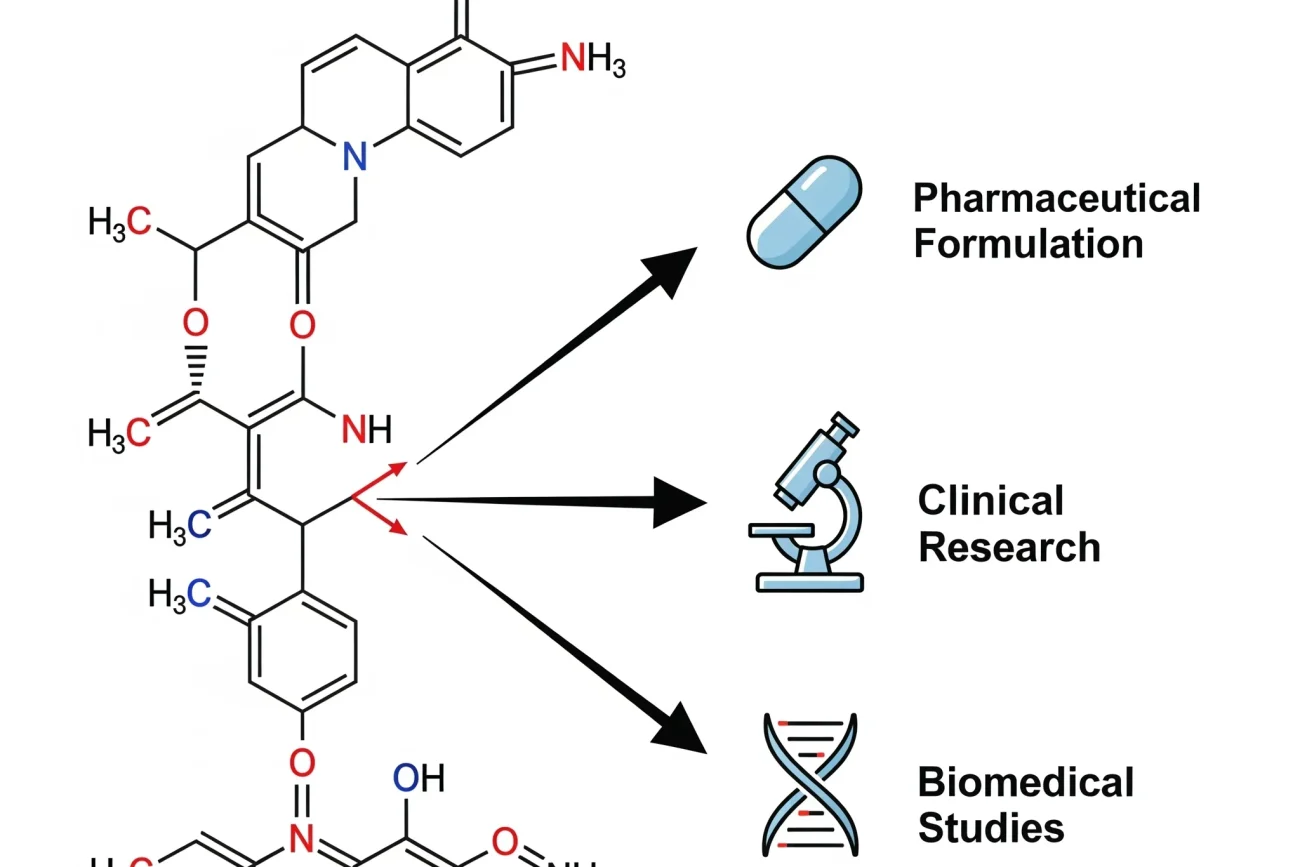
Introduction: Solving Key Challenges with Metformin Hydrochloride Metformin Hydrochloride (CAS No: 1115-70-4) is a cornerstone active pharmaceutical ingredient (API) globally recognized for its efficacy and safety. For pharmaceutical manufacturers and pioneering research institutions, the primary challenge lies in sourcing a highly pure, stable, and consistent supply to ensure product integrity and research validity. The diverse […]
Uses of Chlorodiphenylphosphine in Industry

Uses of Chlorodiphenylphosphine in Industry Introduction: Solving Key Challenges with Chlorodiphenylphosphine In the competitive landscape of specialty chemicals, achieving superior performance, durability, and safety in end-products is paramount. For research and development scientists and procurement managers, sourcing versatile and effective chemical intermediates is a constant challenge. This is where the unique uses of Chlorodiphenylphosphine (CAS: […]
5 Uses of Zinc Benzoate for Industrial Performance

Introduction: Solving Key Challenges with Zinc Benzoate In the competitive landscape of industrial manufacturing, formulation challenges like corrosion, microbial degradation, and UV instability can compromise product integrity and performance. Forward-thinking chemists and formulators are constantly seeking multifunctional additives that deliver reliable results without complicating production. This is where the strategic uses of Zinc Benzoate (CAS […]
Unlock Performance: 5 Key Uses of Benzyl Nicotinate

Unlock Performance: 5 Key Uses of Benzyl Nicotinate Introduction: Solving Key Challenges with Benzyl Nicotinate In the competitive landscape of specialty chemicals, formulators are constantly seeking ingredients that deliver measurable results and a distinct competitive advantage. For developers of high-performance topical products, creating a powerful sensory experience while ensuring efficacy is a primary challenge. This […]
N-Aminoethylpiperazine: Your Industrial Problem-Solver

The Problem-Solver in Action: N-Aminoethylpiperazine – Applications, Industries, and Buyer Solutions In demanding industrial settings, the search for materials that enhance durability, improve performance, and ensure longevity is constant. A breakdown in material integrity can lead to costly repairs, project delays, and compromised quality. Addressing these challenges requires a versatile and reliable chemical solution. Enter […]
A Natural Surfactant for Industry Solutions
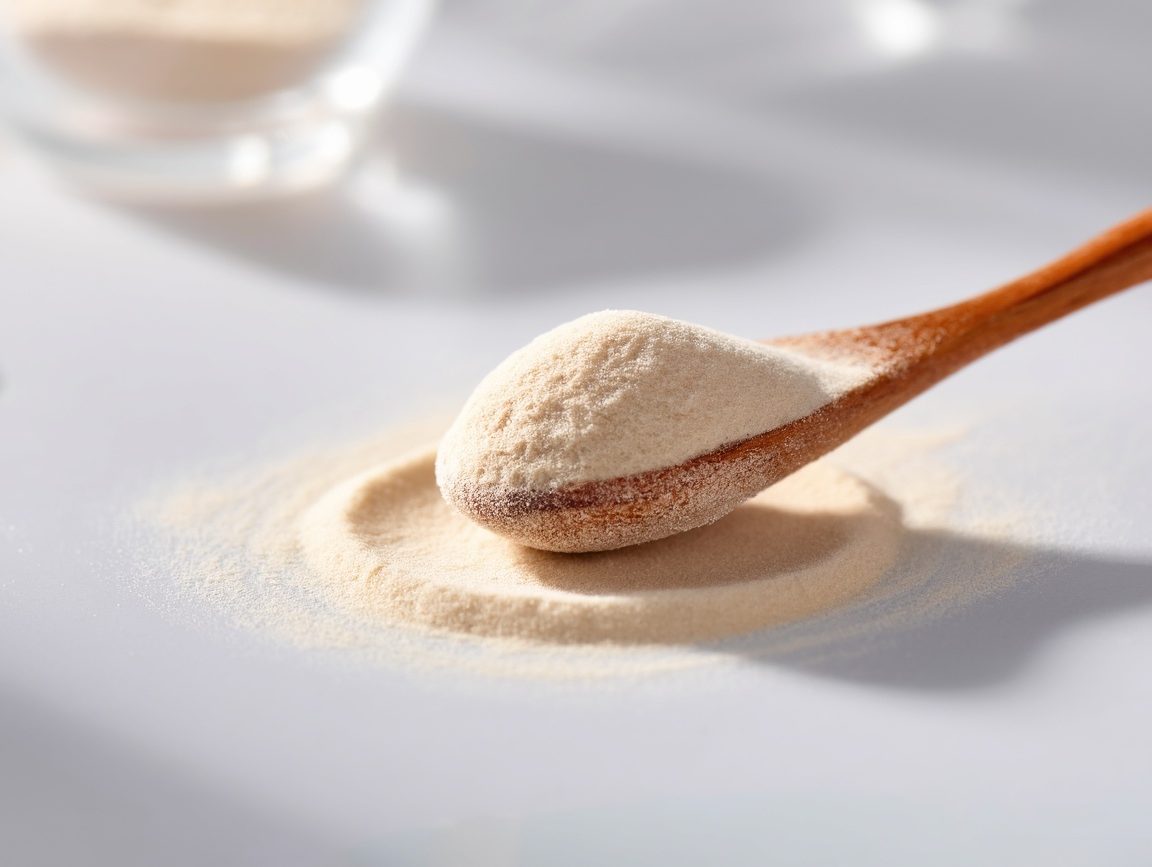
The Problem-Solver in Action: Saponin – Applications, Industries, and Buyer Solutions In today’s competitive industrial landscape, formulation challenges demand innovative, effective, and often, sustainable solutions. Whether it’s ensuring the even application of agricultural sprays, creating the perfect foam in a beverage, or meeting consumer demand for gentle, natural cosmetics, the need for high-performance functional ingredients […]
CBP (CAS: 58328-31-7): An Essential Guide to a Powerful OLED Material

CBP (CAS: 58328-31-7): The Ultimate Guide to a High-Performance Organic Material In the relentless pursuit of more efficient and powerful electronic technologies, certain chemical compounds become critical problem-solvers. For businesses in display manufacturing and renewable energy, one such material is CBP (CAS: 58328-31-7). Chemically known as 4,4′-Bis(N-carbazolyl)-1,1′-biphenyl, this high-performance organic material is a strategic choice […]
6-Aminopenicillanic Acid: Antibiotic Intermediate Solutions

The Problem-Solver in Action: 6-Aminopenicillanic Acid – Applications, Industries, and Buyer Solutions The fight against bacterial infections is a constant global challenge, demanding reliable and effective pharmaceutical solutions. For businesses in the pharmaceutical manufacturing sector, sourcing high-quality, foundational chemical compounds is paramount. 6-Aminopenicillanic Acid (CAS 551-16-6), often abbreviated as 6-APA, stands out as a critical […]
Pyrroloquinoline Quinone (122628-50-6): Uses & Benefits
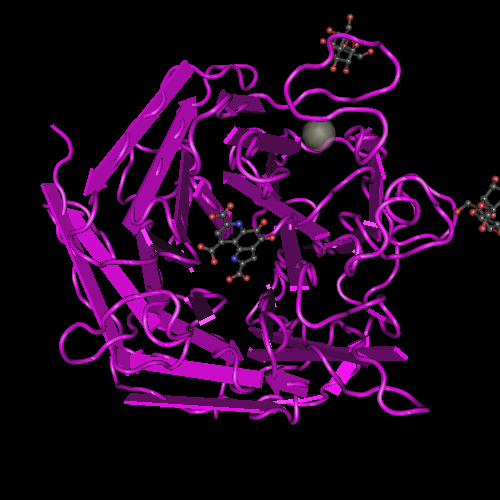
Pyrroloquinoline quinone, commonly known as PQQ, is a remarkable biochemical compound that has garnered significant attention in pharmaceutical and nutritional research. With the CAS number 122628-50-6, this unique cofactor plays crucial roles in cellular energy production and serves as an essential component in various enzymatic reactions throughout the human body. PQQ is naturally found in […]
1,8-Diazabicyclo[5.4.0]undec-7-ene (DBU) 6674-22-2: A Key Catalyst in Synthesis
![1,8-Diazabicyclo[5.4.0]undec-7-ene](https://pharm.sinocurechem.com/wp-content/uploads/2025/05/18-Diazabicyclo5.4.0undec-7-ene.png)
Introduction to 1,8-Diazabicyclo[5.4.0]undec-7-ene (DBU) (CAS 6674-22-2) 1,8-Diazabicyclo[5.4.0]undec-7-ene, commonly known by its acronym DBU, and identified by its CAS Number 6674-22-2, is a powerful organic compound widely recognized in the fields of organic synthesis and pharmaceutical manufacturing. It is a bicyclic amidine that functions as a strong, yet typically non-nucleophilic, base. This unique characteristic makes DBU […]
Artemisinin (63968-64-9): Uses, Benefits & Safety

Artemisinin (63968-64-9): Uses, Benefits & Safety Introduction to Artemisinin (63968-64-9) Artemisinin (CAS Number: 63968-64-9) is a naturally occurring sesquiterpene lactone compound, originally isolated from the sweet wormwood plant, Artemisia annua. This remarkable molecule has garnered global attention primarily for its potent anti-malarial properties, forming the cornerstone of modern malaria treatment through Artemisinin-based Combination Therapies (ACTs). […]
DL-2-Bromopropionic Acid (598-72-1): Uses & Safety

DL-2-Bromopropionic Acid (598-72-1): Uses & Safety Introduction to DL-2-Bromopropionic Acid (598-72-1) DL-2-Bromopropionic acid, identified by the CAS Number 598-72-1, is a significant chemical compound primarily utilized as an intermediate in the synthesis of various organic molecules. It is a racemic mixture, meaning it contains equal amounts of two enantiomers (mirror-image isomers). This compound plays a […]
3-Chloro-1-Propanol (627-30-5): Synthesis & Uses
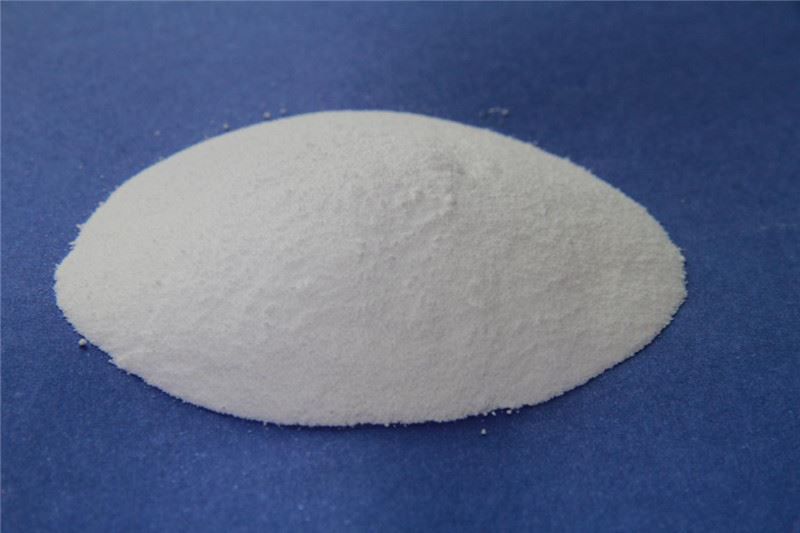
Introduction to Calcium Citrate Tetrahydrate (5785-44-4) Calcium citrate tetrahydrate (CAS Number: 5785-44-4) is a readily absorbed form of calcium, an essential mineral for human health. It is the calcium salt of citric acid and exists as a white, odorless crystalline powder. Its primary significance lies in its use as a highly bioavailable calcium source in […]
